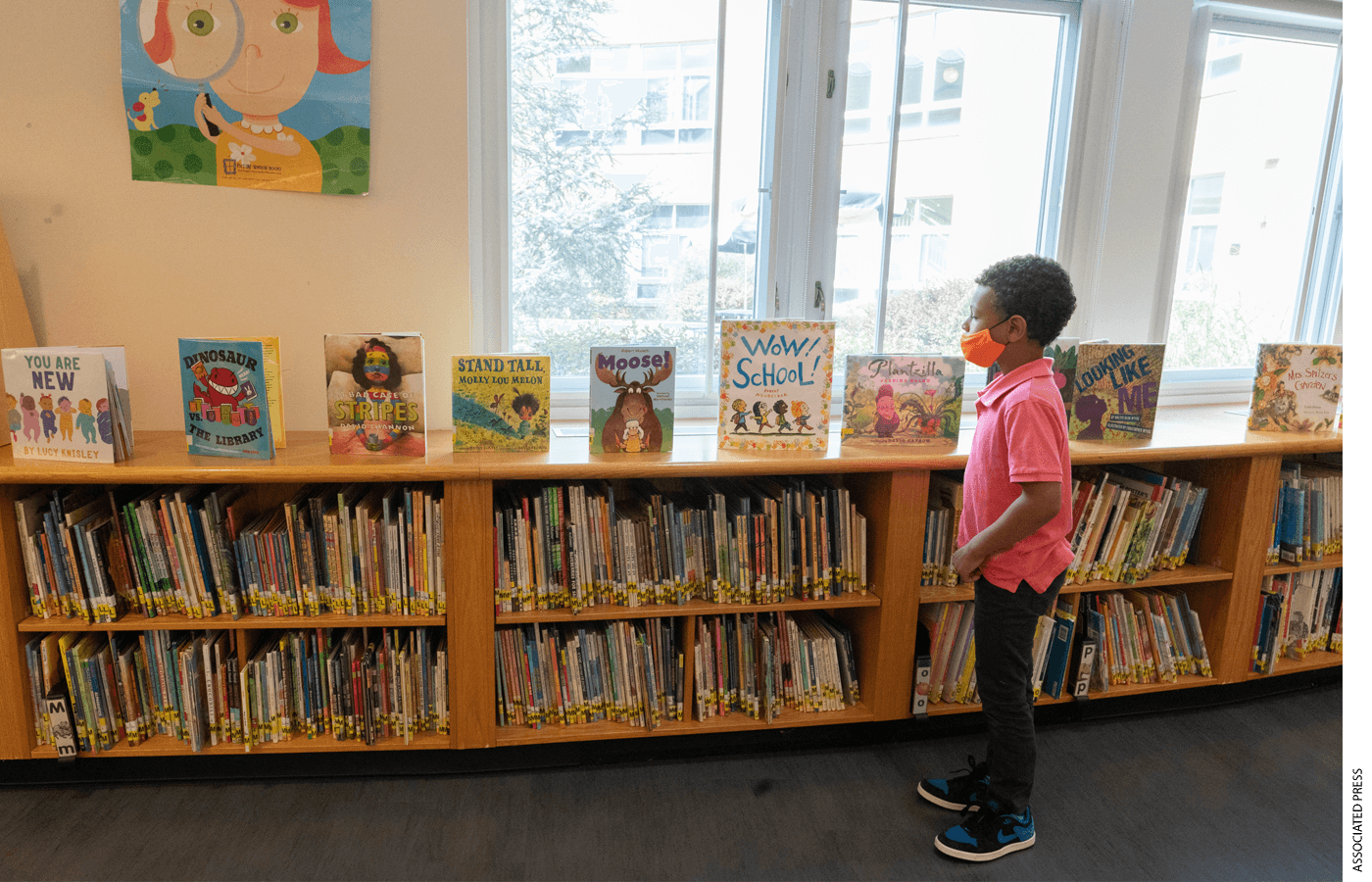
Give a child a book, or teach her to read? The question sounds philosophical, even biblical. It was raised in a recent Boston Globe editorial about how Boston should use more than $400 million in new federal funding for schools.
School leaders and communities planning to use this one-time windfall face a tension: invest now to create value after the money is gone, or spend now to address the urgent needs of unfinished learning.
Two ideas mentioned in the Globe editorial highlight the two possible approaches: building in-school libraries (offered by Superintendent Brenda Cassellius) and tutoring.
For a similar cost, you get two very different things.
Capital costs for libraries are pretty clear — you have to buy books, and you need to outfit a room with shelves, furniture, tracking systems. Let’s call it $500,000.
The operating costs are significant. There is the obvious need for a librarian, with an average salary of over $100,000 and about $30,000 for benefits. But you also have to account for the loss of a classroom — in a typical Boston Public Schools elementary school, that means 20 fewer students at about $6,000 a pupil passed along by the district. Altogether, it costs the school about a quarter of million dollars to run the library every year.
An average Boston Public Schools elementary school has at least 12 classes; many have more. With a standard school day, that means about two library periods per week for each class.
So, what do you get? For about $1.25M over the next three years, each kid gets to visit a library for about 70 hours per year (and you keep paying for it after).
Now let’s take the case of tutoring, using the same elementary school example. An Americorps tutor costs a school or school district about $18,000. Throw in a coordinator or non-profit to help ($100,000/year), perhaps invest in training the tutors in reading remediation (like Orton-Gillingham) for about $3,000 each tutor.
So, what do you get? For about $1.25M over the next three years, a school could provide about 1,500 hours of reading tutoring per year (but it goes away after that).
Which is more valuable?
There can be arguments on both sides of this, but there shouldn’t be an argument about who should decide: principals, teachers, families, and students. This is not a policy position, it’s a practical solution. The people with the most information will make the best decisions. They know what their buildings, educators, and kids need.
It was encouraging that during a recent meeting of the commission set up to decide how to use these funds, the Boston Public Schools committed to at least 50 percent of the federal dollars being allocated to schools and school-based planning. It was confusing that the documents released publicly after the meeting were different, including the removal of the graph indicating this commitment to schools.
There is no shortage of good ideas on how to spend this once-in-a-generation funding opportunity.
But this money will only meet its intended purpose if those good ideas are centered in schools.
Will Austin is the founder and chief executive officer of Boston Schools Fund.


